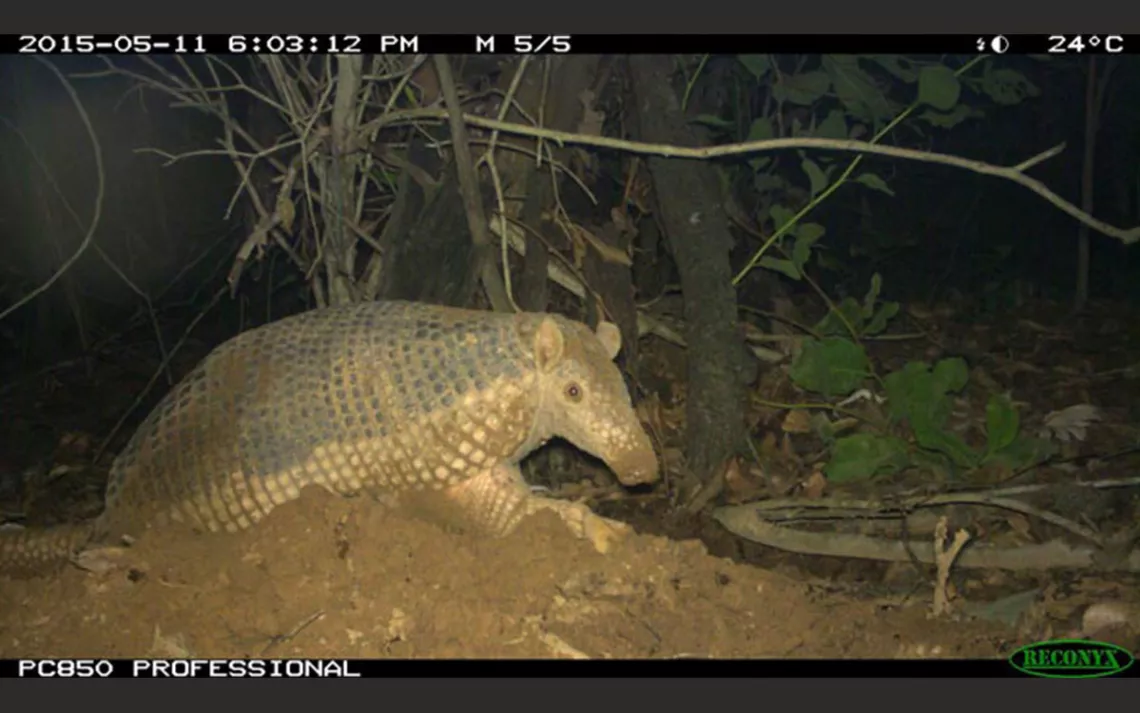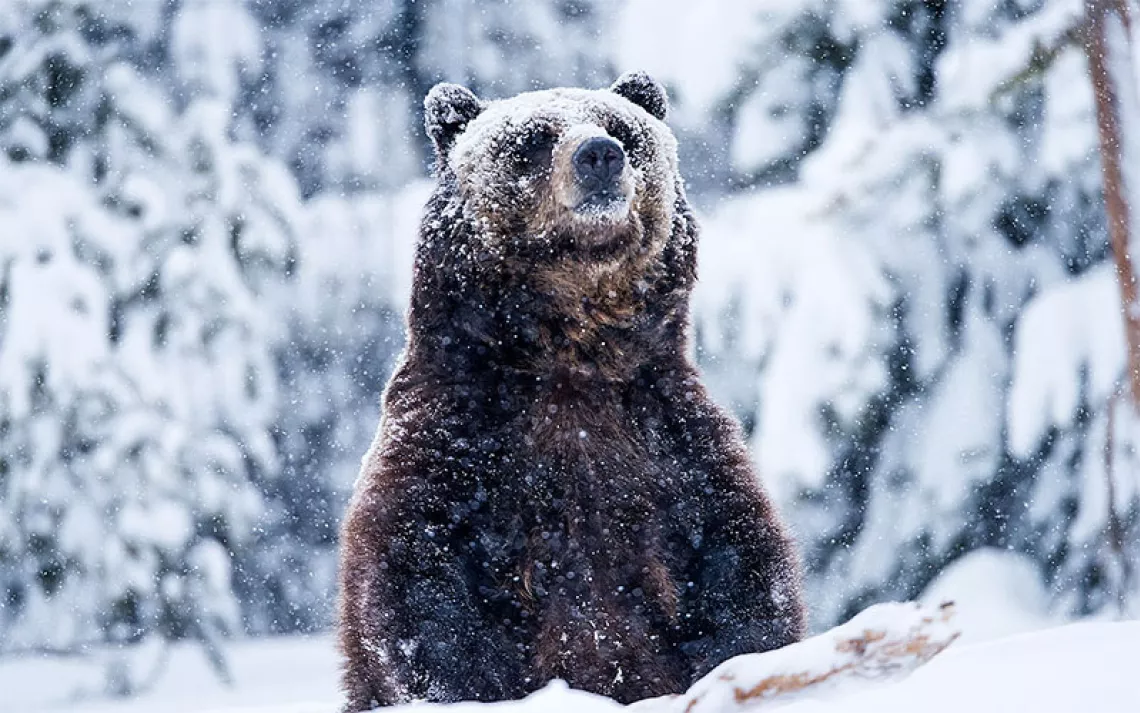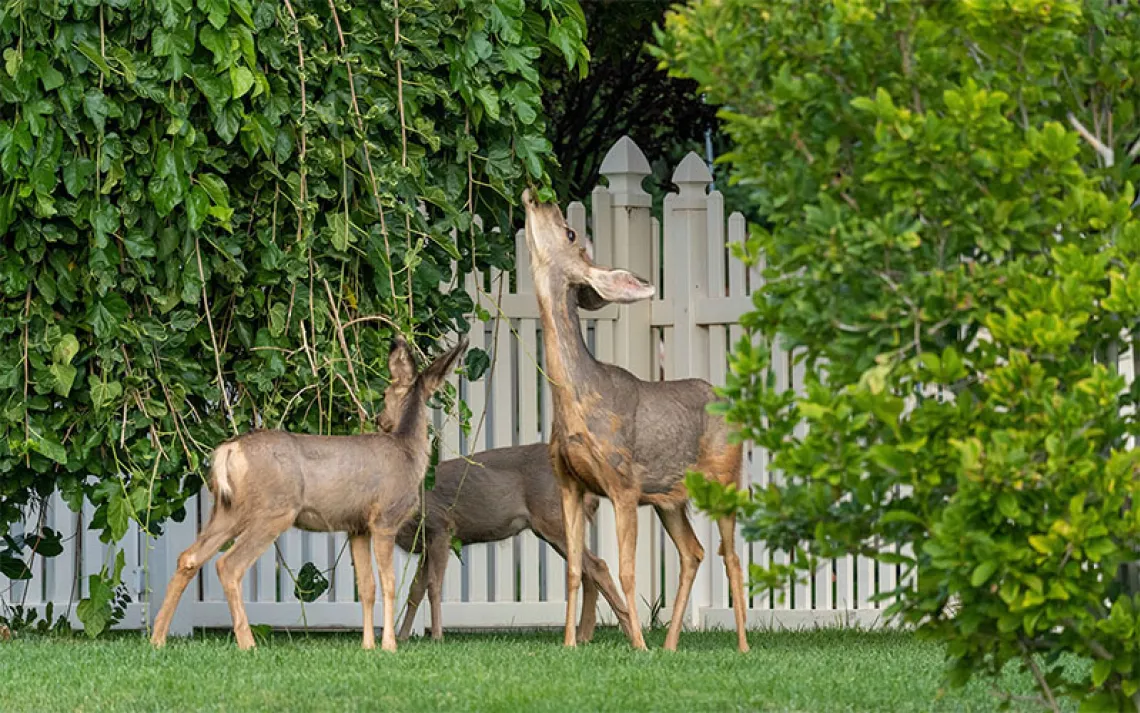Giant Armadillos Were Destroying Beehives in Brazil
New tools help a community coexist with the natural world around it

Armadillo captured by a remote camera. | Photo courtesy ICAS
It was the last days of spring when Adriano Adames found 70 of his beehives destroyed.
A beekeeper for 30 years, he did everything he thought possible to protect them from the giant armadillos who also live in the area of the Cerrado—a vast tropical savanna that stretches across 10 states in central Brazil, covering 25 percent of the country—that is home to the 300 to 400 hives he keeps for his honey business.
But it wasn’t enough. The burrowing animals, which can reach up to almost five feet in length and 110 pounds in weight, used their almost-eight-inch-long claws to dig under the chicken-wire fencing he put around his hives, knocked them off the tires and pallets he used to raise them off the ground, and crushed their wooden frames.
They were in search of a meal, but it wasn’t the honey they wanted. It was the bee larvae. And they would do anything to reach them.
Adames was desperate. Each hive cost him between 650 and 700 Brazilian reais (currently US$125 to US$135) to set up. He couldn’t afford to lose any more.
He had heard of other beekeepers and farmers who were so frustrated, they killed the giant armadillos found on their property, but he wasn’t willing to do that.
“I depend on nature,” he says. “And everything is connected. When you get rid of an animal in an ecosystem, you break that chain, that cycle, and that only causes harm in the future.”
So when the Wild Animal Conservation Institute (ICAS) came knocking on his door soon after the loss, he was elated. The nonprofit—dedicated to biodiversity conservation and run by a team of zoologists, biologists, and veterinarians—wanted Adames to be part of Canastras e Colmeias (Giant Armadillos and Beehives), a new project it was starting that would not only keep both his bees and giant armadillos safe, but also give his business a much-needed boost.
It was the solution the beekeeper always wanted. He readily accepted.
Canastras e Colmeias was first started in 2015 as an offshoot of a broader study on giant armadillos in the section of the Cerrado located in the Brazilian state of Mato Grosso do Sul.
As part of their fieldwork, the researchers from ICAS looked at the presence of the animal, which is vulnerable to extinction and already has a decreasing population, in 500 watersheds that still had fragments of native vegetation. There, they spoke with more than 1,000 local landowners and farmers to gain access to their properties and carry out their study.
That’s when they started to hear from beekeepers. (Many, including Adames, don’t own their own land, but keep their hives on different properties in the region. In exchange for the use of their space, beekeepers often provide landowners with a periodic batch of honey.)
The termites and ants that giant armadillos usually eat aren’t always easy to find in the Cerrado, and the armadillos often stay close to forested areas to find food. Beekeepers, like Adames, also tend to keep their hives next to these areas because it improves the production of their honey. But it also makes their bees an easy target for hungry giant armadillos.
The researchers weren’t surprised.
“This happens with giant armadillos in other countries too, like Colombia and Argentina,” says Arnaud Desbiez, a zoologist and member of the Canastras e Colmeias team who also founded ICAS. “And there are bears in the United States, honey badgers in South Africa. I think beekeepers all over the world always have a bit of an issue with wildlife.”
According to the study conducted by ICAS, giant armadillo predation is one of the biggest problems for beekeepers in the Cerrado, coming in second only to pesticides. Of some 1,000 community members the team spoke to between July 2017 and October 2019, 75 percent said they had experienced giant armadillo predation of their hives in the previous five years, leading to over $3 million Brazilian reais (currently just over US$577,000) in losses.
For the beekeepers—especially those with small-scale operations—the problem can be devastating. Half of the beekeepers surveyed by ICAS said honey production was their main source of income.
“It’s a purely economic conflict,” says Desbiez. “The beekeepers don’t have, as of yet, any set values or preconceived ideas against giant armadillos. On the contrary, they’re either indifferent or have a positive view of the species.”
But the beekeepers were getting frustrated. They tried to protect their hives from the giant armadillos, but their mitigation methods didn’t always work. If better solutions weren’t found, the conflict could escalate.
Desbiez and the rest of the team at ICAS knew they had to make it quick and easy to get information to the beekeepers about options to protect their hives without harming giant armadillos. In their conversations with them, the researchers discovered that the most important tool the beekeepers used in their businesses was WhatsApp. The chat app is how they communicate with clients and how they share information—like the going price of honey and tips on better production.
For ICAS, that already-open line of communication was key.
They decided to create a coexistence guide that shows beekeepers several ways to protect their hives from giant armadillos. Some of the most successful include raising them off the ground at least 1.3 meters, or surrounding them with fencing and building an underground wall that prevents the animal from digging under it.
The guide also explains why certain approaches don’t work. With it comes digital cards easily shared on WhatsApp that detail each mitigation method and its pros and cons, both in efficiency and cost, allowing beekeepers to make the best decision for their hives.
Beekeepers that are part of Canastras e Colmeias also receive a special "giant armadillo friendly" certification, meaning they use mitigation methods to prevent giant armadillo predation that are safe for the species. The certification brings more value to their product because they've made it while still protecting the environment, following international norms outlined with the help of US nonprofit Wildlife Friendly Enterprise Network.
For Adames, the certification has provided a boost in business. Not only have people started asking specifically for his honey—“the concern for the environment nowadays is huge,” he says—but he’s also been able to start selling in big supermarket chains. Since becoming certified “giant armadillo friendly,” his honey has received an added value of 20 percent, and he has already seen an increase in sales.
“At first I didn’t think anybody would care,” says Adames. “But just like I care about conservation, there are customers who care about the environment and consuming conscientiously too. The idea of making conservation part of my business has changed my life, as a beekeeper and as a businessman.”
For some smaller-scale beekeepers who tend to sell honey only in their own communities, being “giant armadillo friendly” doesn’t come with as many benefits. So instead of the certification, ICAS provides them with a new queen bee, allowing them to as much as double their production.
And those queen bees come from other beekeepers in the program, like Adames.
“Now I’m in love with conservation and giant armadillos,” he says. “When you’re able to take something you love, something that does good, and make money with it—it’s priceless.”
 The Magazine of The Sierra Club
The Magazine of The Sierra Club



